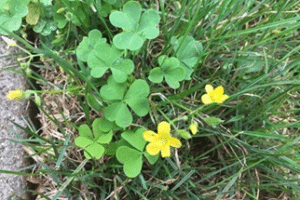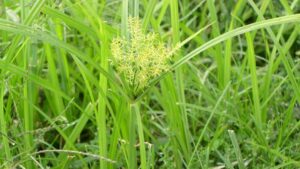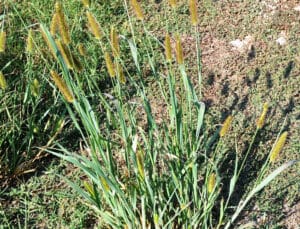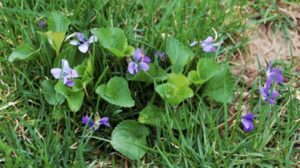Quercus falcata
Description
You can’t go wrong with this tree. If you’re looking for a huge shade tree that you don’t have to worry about, the Southern Red Oak is the way to go. Long-lasting, incredibly hardy and fast growing, this tree is the perfect investment for nearly every American family.
The Southern Red Oak isn’t just a Southern tree. The Southern Red Oak thrives in the hot, humid environment of the South, but it can grow in zones 6 to 10. You can find this tree growing naturally from New York all the way down to South Florida, especially since it thrives through the worst conditions.
Planting
Plant your Red Oak in a spot in your yard that receives at least 6 hours of direct sunlight each day and with plenty of room to grow.
When you’re ready to plant, dig a hole that’s large enough to accommodate the tree’s root ball. After you plant the tree, tamp down the soil until it is firm. Thoroughly water the base of the tree so that water penetrates the roots. And finally, spread a good amount of mulch around the base of the tree to retain moisture.
Watering
Water the tree to keep the ground moist. Watering deeply, once a week, should be enough to help your young tree establish roots. Once your tree matures, you only need to water in the dry seasons where you get less than 1 inch of rainfall per month.
Fertilizing
You can add a general-purpose fertilizer once a year if you notice slow growth otherwise, fertilizer isn’t necessary to help the Southern Red thrive.
Pruning
| Growing Information | |
| Mature Height: | 70-80 ft |
| Mature Width: | 45-50 ft |
| Sunlight: | Full Sun |
| Bloom Time: | |
| Growth Rate: | Moderate |
| Grows Well in Zones: | 6-10 |
| Your Growing Zone: | 6 |





